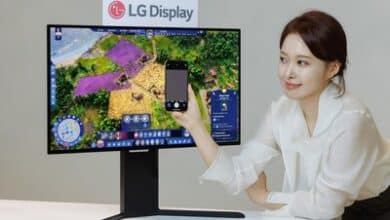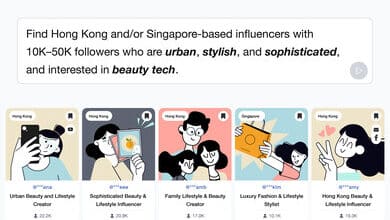Gearing up for its 10th anniversary, the Gwangju Design Biennale is poised to reassert its distinct identity and expand its popularity and international recognition. Specially themed “Meet Design”, the 2023 version of this globally acclaimed event boasts breakthroughs in design and technology in a fully in-person format since the onset of the COVID-19 pandemic.
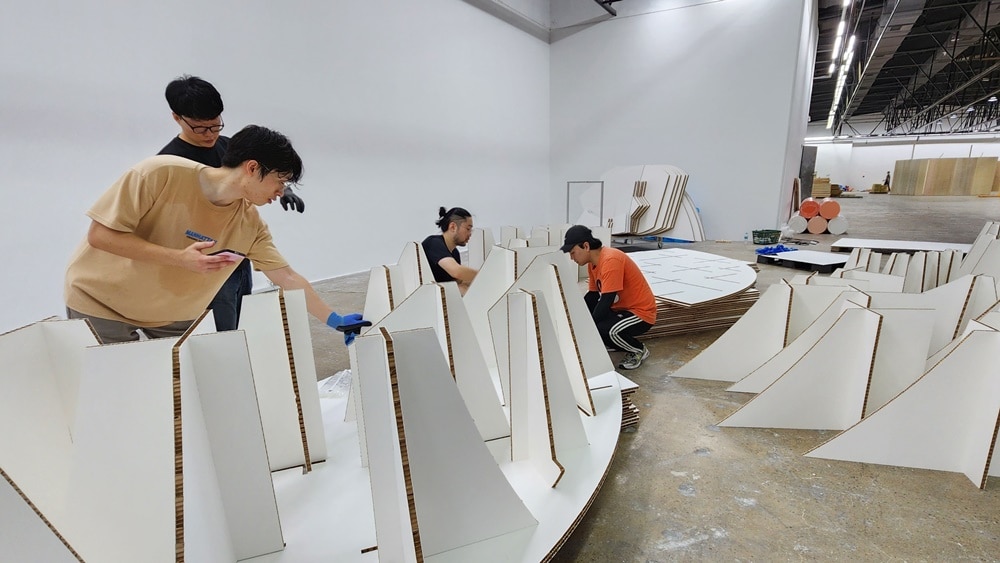
Setting the Stage for Design and Innovation
Marking its 10th anniversary, the Gwangju Design Biennale is slated to stand out from its art counterpart by highlighting its clear and distinct personality as a unique Design Biennale. As the first design biennale in the world, and the only of its type in Asia, the Gwangju Design Biennale comes back to life for its 2023 iteration, promising an eclectic mix of design and technical brilliance.
With “Meet Design” as this year’s theme, the fair is set to run from September 7 to November 7, 2023, transforming the Gwangju Biennale Exhibition Center and several other parts of the Gwangju city into realms of design enjoyment and exploration.
Collaboration: A Pathway to Enhance Industrial and Economic Value
One of the key highlights of this year’s Biennale is the amalgamation of international designers and Gwangju-based enterprises in “global design projects”. Such global-local cooperation will undeniably optimize the industrialization potential and economic value of Gwangju and beyond.
Another remarkable aspect of the event is the incorporation of the ESG (Environmental, Social, and Governance) concepts into the exhibition. This move is in response to the worldwide climatic crisis and symbolizes the Gwangju Institute of Design Promotion’s commitment to build sustainable social values.
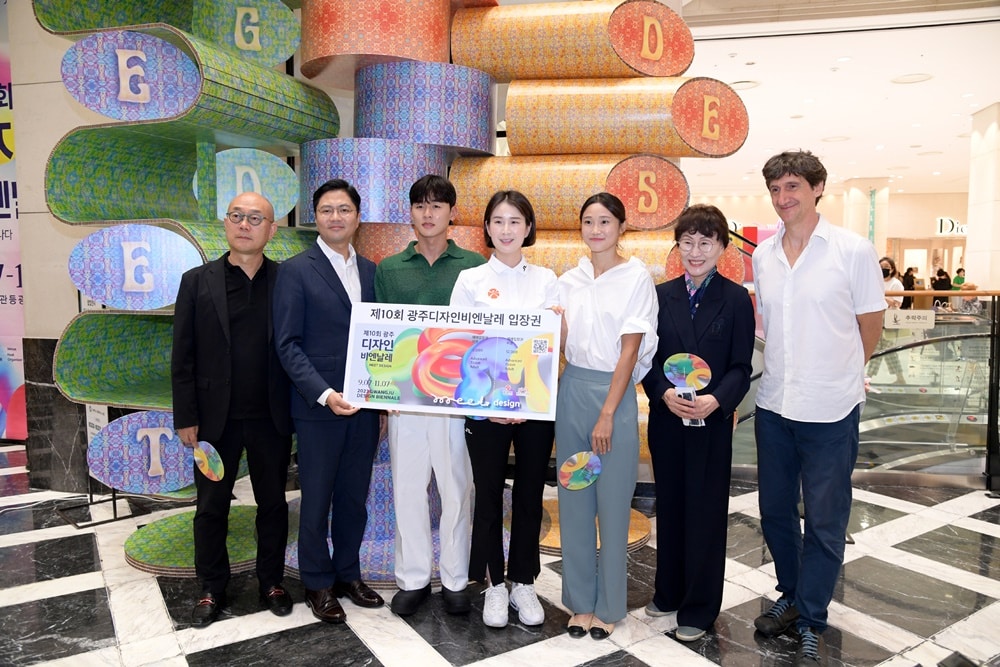
Celebrating Design and Sensibility in a Post-Pandemic World
This year’s Gwangju Design Biennale champions the concept of “Meet Design”. It signifies the revival of meetings and interactions that were halted due to the COVID-19 pandemic. It also underscores the intrinsic value of design in instigating a sense of convergence. The exhibition intends to encapsulate how technology blends with design to build innovative products and transform lives.
This epoch-making event will serve as a testament to the power of design in shaping our world and influencing our lives. As we anticipate its grand opening, it’s exciting to think of how it will unravel the fascinating world of design, encouraging us all to interact, connect and engage in the league of design aesthetics and innovative brilliance.
So, are you ready to behold the value and pleasure of design in Gwangju, one of Asia’s most vibrant design hubs? Share your thoughts and expectations about this unique design event or drop us a line if you wish to have more information!
The interview of the Gwangju Design Biennale team:
Q. Yoo Hyeong Dong, Chief of Honam Coverage Office: What is the current progress of the preparations for 10th Gwangju Design Biennale?
The Gwangju Design Biennale is busy with final preparations for the exhibition’s grand opening. The Gwangju Biennale Exhibition Center, where the main exhibition will be held, is in the midst of full-scale exhibition construction, and the importation and installation of artworks are well underway. The exhibition preparations will be completed by September 4, followed by a media day on September 5 and an opening ceremony on September 6 at 6 p.m. where attendance is expected to exceed 500 domestic and international guests and citizens. The exhibition will open its doors to the public on September 7.
This year’s Design Biennale will be the first 100% face-to-face event since the COVID-19 pandemic, and we are preparing to make it an even more enjoyable experience for the attending public by including an opening ceremony with citizens and various exhibition experience programs.
Chief Director, Nah Ken
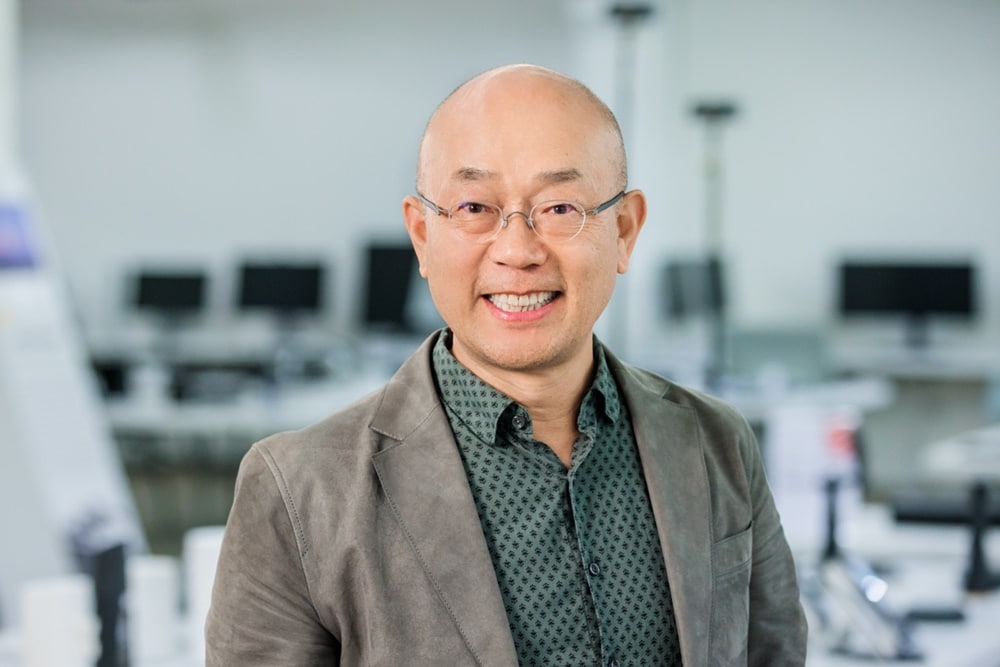
Q. Yoo Hyeong Dong, Chief of Honam Coverage Office: Please provide us with insights about the Biennale’s theme and exhibition space.
The central theme of this year’s Design Biennale is “Meet Design.” It refers to the “meeting” that was interrupted by COVID-19, and also reflects the intrinsic value of design that emphasizes “convergence.” The exhibition will showcase how technology and design converge to create innovative products and achieve success, and how design converges with culture, lifestyle and business to change lives.
The main exhibition is divided into four thematic pavilions, Technology, Lifestyle, Culture and Business, each of which shows how design is closely connected to human life. In addition to the main exhibition at the Gwangju Biennale, special exhibitions will be held at the Gwangju Museum of Art, GIDP, Dong-gu Miro Center, Chang Hwang Nam Information & Communication Museum of Chosun University, Seonam-dong Printing Business Center, and Yanglim-dong, transforming the entire city into a Design Biennale venue.
Chief Director, Nah Ken
Q. Yoo Hyeong Dong, Chief of Honam Coverage Office: I heard that there will be no regional pavilions at this year’s Design Biennale. What does this mean?
In the past, the main exhibition of the Gwangju Design Biennale was organized separately, and we received feedback from visitors that the regional pavilions felt somewhat detached from the broader thematic pavilions. Therefore, for this year’s Design Biennale, we wanted to integrate “region” into the exhibition itself. We organized the exhibition to showcase various designs and products from Gwangju by merging them with both local and global design influences.
Chief Director, Nah Ken
Q. Yoo Hyeong Dong, Chief of Honam Coverage Office: I heard that the winners of the Red Dot Design Award can be displayed. How much prestige does the Red Dot Award have? Also, is there a possibility of cooperation between these world-class artworks and the industry in Gwangju?
When we think of “design awards,” Red Dot is probably the first brand that comes to mind. Founded in Germany in 1955, the Red Dot Design Award is one of the top three design awards in the world, along with the iF Design Award (Germany) and IDEA (USA). These design awards are based on originality, creativity and distinction, and the winners are selected annually.
There are many products in our daily lives that have won the Red Dot Award. Recently, companies such as Hyundai Motor Group and Amorepacific have received awards. At this year’s Gwangju Design Biennale, Red Dot and iF winners will be introduced in each of the four thematic exhibitions.
This year’s Gwangju Design Biennale is hosting the “2023 Global Design Project” to create industrialization and economic value by bringing together world-class designers and local companies. Products from collaborations between world-class designers and local companies will be presented, such as the collaboration between Stefano Giovannoni and DK Industries, a representative medium-sized company in the region. This initiative provides Gwangju-based companies and designers an exceptional opportunity to meet with world-class designers to further globalize their ideas and designs.
Chief Director, Nah Ken
Q. Yoo Hyeong Dong, Chief of Honam Coverage Office: Every time the Gwangju Design Biennale is held, the public responds with enthusiasm. Why?
As “design” itself is closely related to our lives, visitors seem to be fascinated and inspired by design and enjoy the exhibition. In the 9th Design Biennale in 2021, the total number of visitors was 423,598, a notable increase of 31% from the previous event. With each consecutive event, a growing number of visitors come to the pavilion.
In the past, visitors to the Gwangju Design Biennale have included a wide range of ages and professions. In order to increase the empathy and satisfaction of these visitors, this year’s event is being prepared as a “five-sense satisfaction” event where visitors can see, enjoy, and experience design on multiple sensory levels.In addition to the Cacao Experience Zone in the Design Biennale Exhibition Hall, a series of programs await, including the Design Biennale on the Metaverse, I am a Little Curator, design education programs for children, design workshops with designers, and art festivals with citizens, as well as diverse design products and goods.
Chief Director, Nah Ken
Q. Yoo Hyeong Dong, Chief of Honam Coverage Office: How are new technologies and design related to the Fourth Industrial Revolution?
It has always been argued that “design” differs from art in that it solves customer problems from the customer’s perspective rather than the artist’s viewpoint, but with the development of new technologies, design is solving more diverse customer problems. In the era of the Fourth Industrial Revolution, which is characterized by artificial intelligence (AI), the Internet of Things (IoT), big data, and AR and VR, design plays an important role as a communication tool.
An exhibition that considers design in the era of the Fourth Industrial Revolution is the “Technology” exhibition in the main Exhibition Hall 1 of the Design Biennale. It will showcase consumer-tailored home IoT appliances, human-robot collaborative work systems, robotic arms, and “exosuits,” which are wearable robots.However, there is one important value that remains unchanged in the era of the Fourth Industrial Revolution: This is creativity. In the Exhibition Hall 4, you can see the stories of design innovators who are pushing the boundaries of existing industries to create new value for their customers with new perspectives and approaches.
Chief Director, Nah Ken
Q. Yoo Hyeong Dong, Chief of Honam Coverage Office: Do you have a specific goal in mind for the Gwangju Design Biennale?
Gwangju, which was once a city without any design identity, has created the world’s first Design Biennale and is becoming a representative brand of Gwangju. I hope that the Gwangju Design Biennale will be an opportunity to spotlight Gwangju on the global stage, attract a multitude of international visitors and tourists, and contribute to the prosperous advancement of Gwangju.
The identity of the Gwangju Design Biennale can be described as the value of design, talking about issues through design, and showing a vision of the future. Over the years, the Gwangju Design Biennale has established itself as a representative design event in Korea and Asia. Celebrating its 10th anniversary this year, it aims to distinguish itself from the Art Biennale and solidify the distinct identity of the Design Biennale, and concurrently promote its prominence and global recognition.
Chief Director, Nah Ken
Q. Yoo Hyeong Dong, Chief of Honam Coverage Office: Finally, what would you like to say to the audience that has been waiting for two years?
Good design makes everyone happy. Design is valuable as a tool for a better life and a better world. We hope you will find the value and enjoyment of design at the Gwangju Design Biennale and that you will enjoy the unique style and flavors of Gwangju on full display at the Design Biennale. We look forward to your keen interest and passionate support.
Chief Director, Nah Ken
